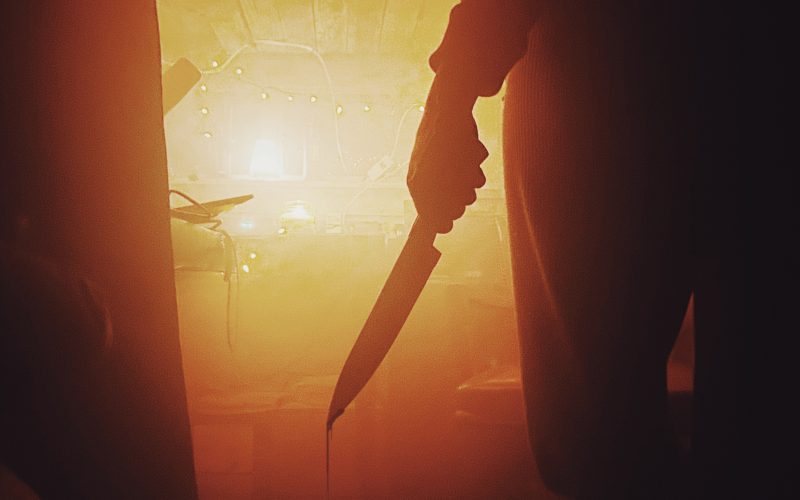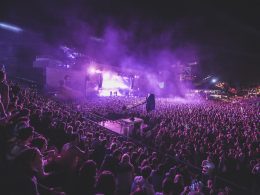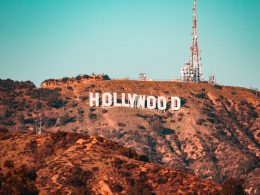Music and visuals have been used to enhance storytelling in films for decades. From the sweeping orchestral score of Star Wars to the vibrant and colorful world of Avatar, music and visuals have the ability to transport audiences to different worlds and evoke powerful emotions.
In recent years, the use of music and visuals has become even more prominent in the world of cinema, with filmmakers utilizing these elements in new and innovative ways. For example, the hit movie, Baby Driver, made music an integral part of its storytelling by synchronizing the action on screen with the beat of the music.
In order to create a truly immersive cinematic experience, filmmakers need to carefully consider the music and visuals they use. The right combination of music and visuals can elevate a movie from good to great, while the wrong pairing can detract from the overall experience.
Visuals can be used to create mood and atmosphere, set the tone of a scene, and help to tell the story. For example, the use of color can be used to convey emotion, while lighting can be used to create a sense of tension or foreboding.
Music, on the other hand, can be used to heighten emotion, create tension, and even foreshadow events. The use of a particular musical motif can be used to signify the presence of a particular character or to signify a change in the plot.
When these elements are combined in just the right way, they can create a truly cinematic experience that engages the senses and transports the audience to another world.
As a journalist, it is important to note that while the use of music and visuals can enhance a cinematic experience, it is important for filmmakers to use these elements ethically and responsibly. Filmmakers must obtain the necessary rights to use any copyrighted music or visuals, and they must also ensure that the use of these elements does not detract from the overall experience or infringe on the rights of others.
In conclusion, the power of music and visuals in creating a cinematic experience is undeniable. When used correctly, these elements have the ability to transport audiences to new worlds and evoke powerful emotions. Filmmakers must use these elements responsibly and ethically to create a truly immersive cinematic experience.












